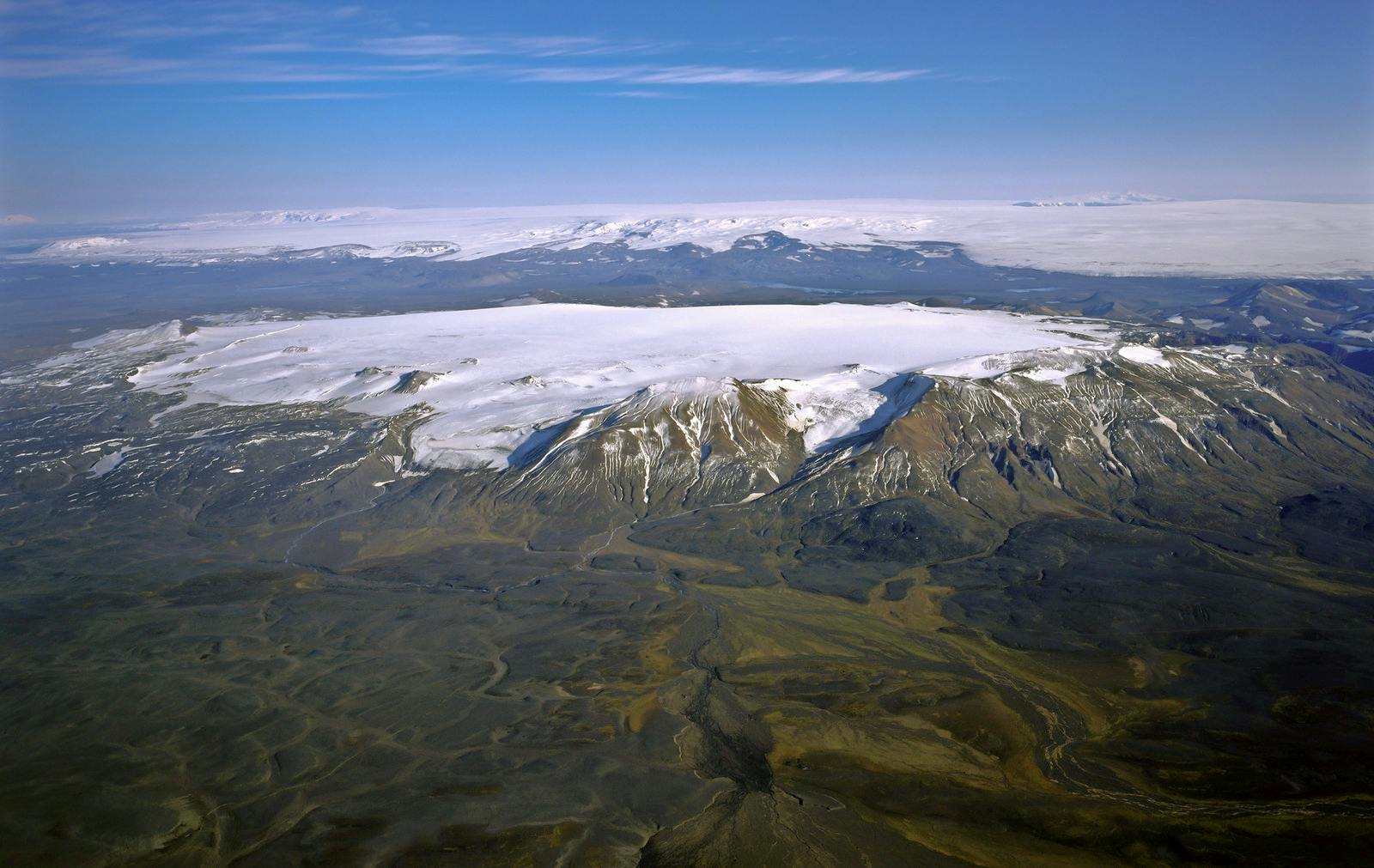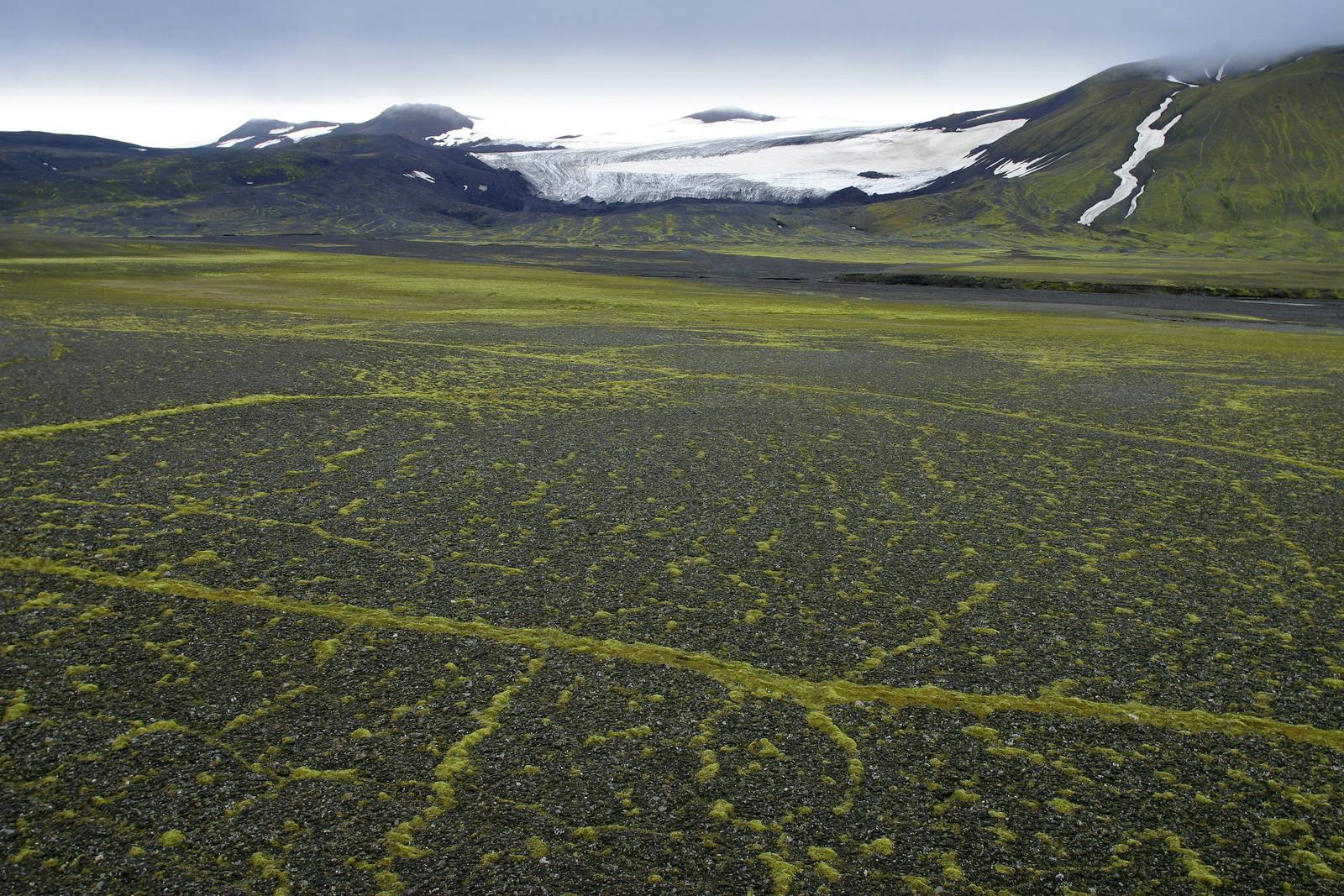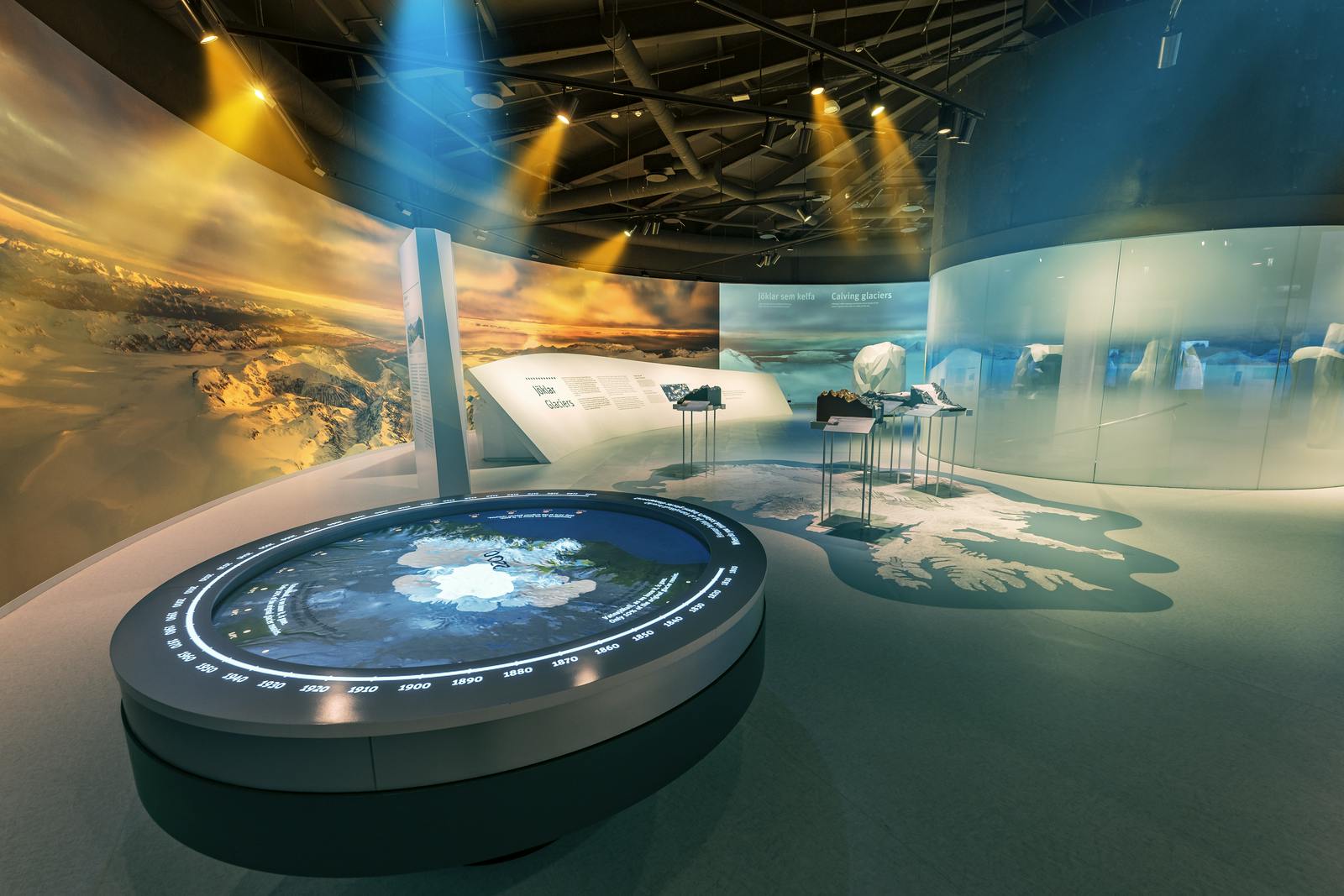
Tungnafellsjökull Might Be Iceland’s Best-Kept Secret
Tungnafellsjökull is a glacier-covered volcano in Iceland’s Highlands, sitting just northwest of the Vatnajökull icecap. Though few locals and tourists visit, its hidden geological story is fascinating.
The Quiet Giant
Tungnafellsjökull hides in the Icelandic Highlands, between better-known volcanoes like Hekla and Bárðarbunga. Though often overlooked, this glacier volcano holds deep geological significance.
Tungnafellsjökull's geological formations include rocks over 100,000 years old. These ancient formations hint at eruptions that shaped the land during the last Ice Age. Glacial meltwater from the volcano feeds rivers that carve through Iceland’s central deserts, influencing ecosystems far beyond the glacier’s edge.

Where Is Tungnafellsjökull?
Tungnafellsjökull sits in central Iceland, northwest of the Vatnajökull icecap and close to the Sprengisandur highland route.
- Region: Central Highlands
- Nearby landmarks: Vatnajökull, Bárðarbunga, Hofsjökull
- Altitude: Around 1,538 meters (5,046 feet)
What Is Tungnafellsjökull?
Tungnafellsjökull is both a glacier and a volcano. It belongs to Iceland’s chain of central volcanoes—large, long-lived volcanic systems found across the island’s interior.
Its volcanic system stretches about 50 kilometers and includes a magma chamber beneath the ice. While it hasn’t erupted in recorded history, the system is still considered active and closely monitored.
Past Eruptions
The activity started during the Ice Age some hundred thousand years ago with subglacial eruptions forming hyaloclastite mountains and interglacial lavas during warmer periods, resulting in a large volcano. Some of the eruptions were highly explosive and powerful, and after one such event, the volcano collapsed and a deep caldera was formed.
The glacier of Tungnafellsjökull is inside the caldera. There are no recorded historical eruptions of this volcano. However, it has erupted during the Holocene, the current geological epoch that began around 11,700 years ago following the last Ice Age, characterized by relatively stable climate conditions.
- Last eruption: Estimated 2,000–4,000 years ago
- Type: Lava eruption producing a 15 km long lava flow.
- Current status: Dormant, under observation
In 2014, nearby Bárðarbunga erupted. This event prompted scientists to monitor Tungnafellsjökull closely due to potential underground connections. Although no eruption followed, interest in its activity continues.

What You’ll See
Getting to Tungnafellsjökull isn’t easy. It requires a 4x4 vehicle and summer access.
The glacier volcano rises in stark contrast to its surroundings. Its snow-covered peaks give way to twisted ridges and weathered lava. Black rock flows stretch into the distance, shaped by past eruptions. Meltwater from the glacier carves its way through the rock, feeding highland rivers. This is a place shaped by extremes: ice above, magma below.
How to Get There
- Vehicle: High-clearance 4x4
- Best time: Late June to early September
- Route: Usually accessed via Sprengisandur (F26)
Tungnafellsjökull’s Role in Iceland Today
Tungnafellsjökull is an important part of Iceland’s volcanic and glacial environment. Its volcanic system provides valuable insights into the country’s deep geothermal activity. The glacier affects local water systems by feeding rivers that flow through the Highlands. Ongoing scientific monitoring of this area helps track seismic events, playing a vital role in regional safety.
Though often overlooked, this peak continues to shape the landscape and reveal the powerful forces beneath the Earth’s surface.
Learn More at Perlan
At Perlan in Reykjavík, visitors can explore the science behind Iceland’s volcanoes and glaciers. Interactive exhibits bring to life the interplay of glacial and volcanic forces in regions like Tungnafellsjökull.

FAQs
What is Tungnafellsjökull?
It's a glacier-covered central volcano in Iceland’s Highlands.
Is Tungnafellsjökull active?
It’s dormant but not extinct. The last eruption occurred a few thousand years ago.
Can I visit Tungnafellsjökull?
Yes, but only in summer, and with a suitable 4x4 vehicle.
Is it part of the Vatnajökull glacier?
No, it lies just northwest of Vatnajökull but is a separate glacier.
How tall is Tungnafellsjökull?
Its highest peak reaches about 1,538 meters (5,046 feet).
Why do scientists monitor it?
Because of its connection to Iceland’s active volcanic zones and proximity to major volcanoes.
What makes Tungnafellsjökull unique?
Its remote setting and role in Iceland’s volcanic system make it geologically important.







